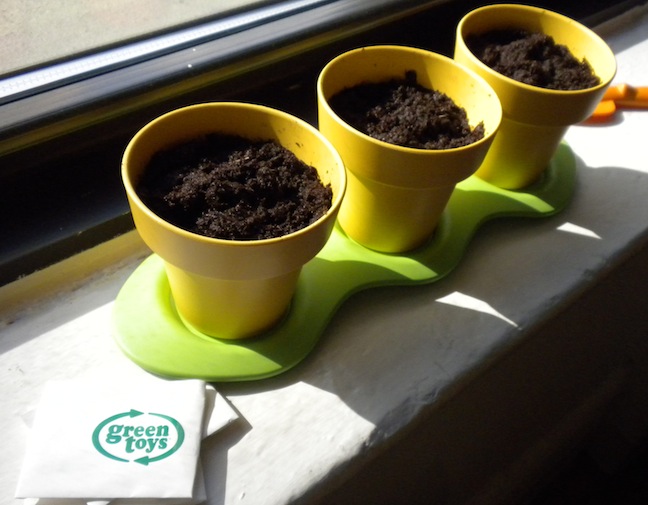Introduction
In early spring of 2010, several months before any work on this project began, I came across a passage from Henry Dreyfuss in his book Designing for People:
The designer does the dreaming – and it’s rather practical dreaming – and the engineer makes the dreams come true. He brings to bear on them a particular skill the designer doesn’t have. The final product is a collaborative effort.
Dreyfuss, Designing for People, 48.
As a software engineer who had enrolled in an interaction design program, I was confused by this statement. Was Dreyfuss suggesting that the designer and engineer cannot be the same person? Are “engineering mindsets” and “design thinkers” irreconcilable? Or is it simply a case of specialized skillsets?
I spent the summer thinking it over and doing some initial research into potential thesis topics. I kept returning to the phrase, “fake it till you make it,” which is sometimes used to describe the design prototyping process. When I came back to begin the thesis project at the beginning of the fall, the tension I felt between design and engineering had reached an equilibrium. Whatever the project would be, I would design it. But I would not fake it. I would make it.
Goals
In support of that decision, I wrote five goals that I hoped to accomplish with my thesis project:
- I would build something that stands on its own. The project would feel like it was finished or had stopped at a logical point in its development toward some sensible end.
- I would release something into the world. I wanted to be able to release the project to whoever wanted to use it. There would be no leaps of imagination in the final project.
- I would become an expert in something new. I would choose a topic I was not familiar with.
- I would demonstrate my breadth of skills as a designer, including user research and synthesis, concept creation, prototyping, and visual design.
- I would be highly engaged with a part of the process that I am uncomfortable with. Particularly, the visual design.
With that settled, I had to decide on a topic.
Topic Selection
My initial topic for the project was in the area of sustainability and manufacturing. Home 3D printers improve every year, and the concept of manufacturing objects at home seems like it may become a reality in the near future. I was interested in the idea of the disposable objects that people seem to take for granted, particularly bottles and bags made of plastic. The material from which those objects are made is called HDPE (#2 plastic), and if processed correctly, it can be downcycled into other objects. I was curious to see if it would be possible to create a device that could do that downcycling and remanufacturing at home to reduce the quantity of those objects that are thrown away.

However, I had some serious concerns about the project. For one, I had no chemistry or materials science background, and I did not have easy access to anyone with that experience. Technically, there were risks in creating a device that reached high enough temperatures to melt plastic, and additional risks in melting the wrong type of plastic, which release severely toxic fumes. Furthermore, I came to think that a better design approach would be to design a system to reduce the usage of plastic objects altogether.
Instead, I went in a completely different direction: Towards attention, distraction, and disruption. Previously, I had worked on a popular instant messaging (IM) client for the Mac, so I was familiar with the statements that “IM is distracting” and all of the accusations that go along with the multitasking that IM often accompanies.
More recently, I had noticed myself becoming increasingly distracted. I would sometimes stop in the middle of a project to see what was happening on Facebook, and I would use my iPhone to check Twitter while I was waiting in an elevator or for a walk signal to change before crossing the street. I didn’t seem to be the only one with this behavior, either. I had noticed it in my classmates, coworkers, and strangers. It was unclear to me if the behavior was innocuous, a symptom of addiction, or the result of information overload.
I decided to “solve my own problem,” as Jason Fried suggests, and look into the topic of attention and distraction for the project.
Copyright © 2010 - 2011 Eric St. Onge
Please send questions or comments to eric at ericstonge dot com.